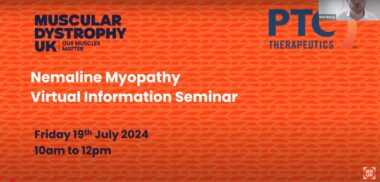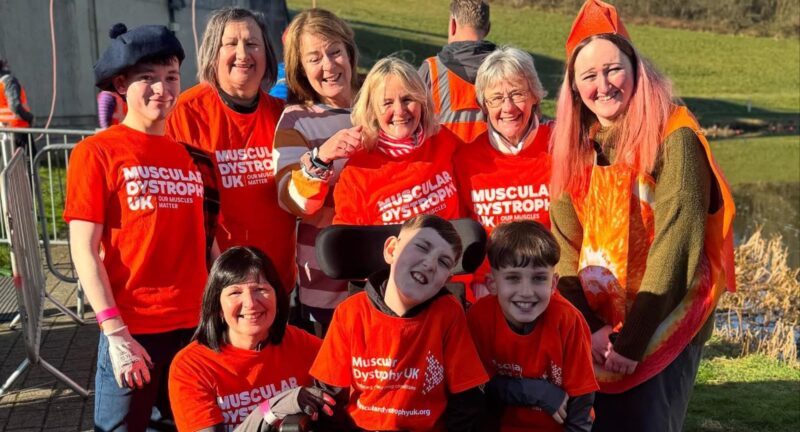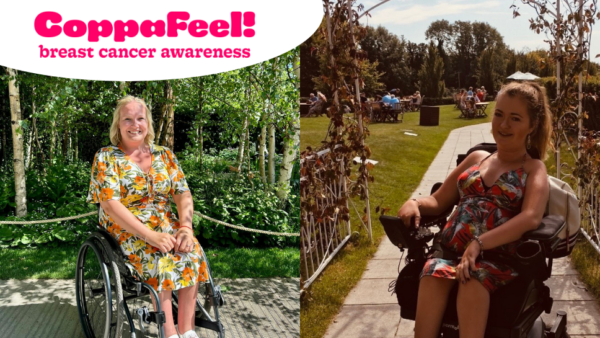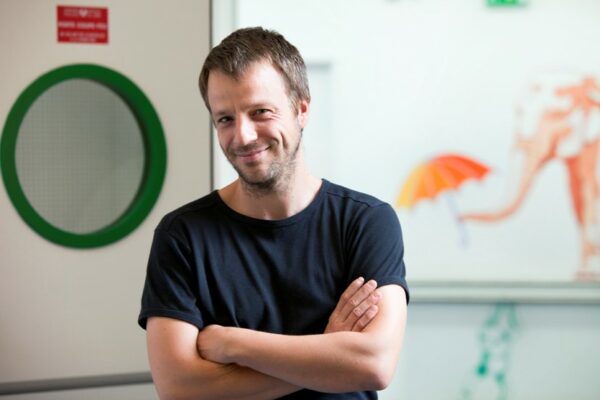A multi-disciplinary approach is important in not only managing the condition and symptoms but in improving wellbeing too. It involves different healthcare professionals working together. Children with severe types of NM will need to stay in hospital to begin breathing support, and many will also need feeding and nutritional support.
It’s generally accepted that the earlier the onset, the more severe the symptoms are.
Access to a healthcare team
People with NM should have access to a multi-disciplinary healthcare team. Usually, the lead professional will be a neurologist. If you do not have contact with a neurologist or specialist doctor, speak to your GP about getting access.
Respiratory
Breathing problems are common, and so respiratory function should be regularly monitored. Overnight sleep studies can assess breathing while sleeping and diagnose night-time breathing problems, such as nocturnal hypoventilation. This is when there are low oxygen and high carbon dioxide levels while sleeping, which can cause symptoms of morning headaches and daytime fatigue. Treating nocturnal hypoventilation involves using non-invasive ventilation (NIV) during sleep. Weakness in the muscles that help with breathing make it harder to clear mucus from the lungs. This increases the risk of chest infections, and antibiotics are needed to treat this. Respiratory function may improve over time.
Swallowing and diet
The ability to swallow may be affected. This can cause coughing, choking, or feeling like food is stuck in the throat. It can lead to weight loss and dehydration. A dietitian may suggest changes to the texture of food or avoiding foods that are tough to chew and swallow. If the problem is severe, they may prescribe food supplements or suggest a procedure called a gastrostomy. This is when doctors make a small surgical opening through the abdomen and into the stomach and insert a feeding tube (also known as a PEG tube). Having this tube means enough nutrition and hydration can be put directly into the stomach.
Exercise and physiotherapy
Physiotherapy and mild exercise are crucial in maintaining muscle strength and mobility. They can also help maintain breathing capacity, delay the onset of curvature of the spine (scoliosis), and slow the progression of joint tightness (contractures). A physiotherapist is a healthcare professional who helps manage symptoms through movement, exercise, and manual therapy. They can put together a suitable exercise plan to follow. Recommended exercises include moderate swimming and walking, as this sort of aerobic exercise can help maintain a healthy cardiovascular system and a steady weight. Before starting any new form of exercise, it’s important to discuss this with a clinician. To find out more about advice for adults, see exercising with a muscle wasting condition. Physiotherapists can also provide advice on walking aids and wheelchairs where necessary.
Cardiac
There is a risk of problems with the heart in some genetic changes – but not all. If heart problems are considered likely, a cardiologist (heart doctor) should perform regular heart checks. This includes an electrocardiogram (ECG) and echocardiogram (ECHO).




